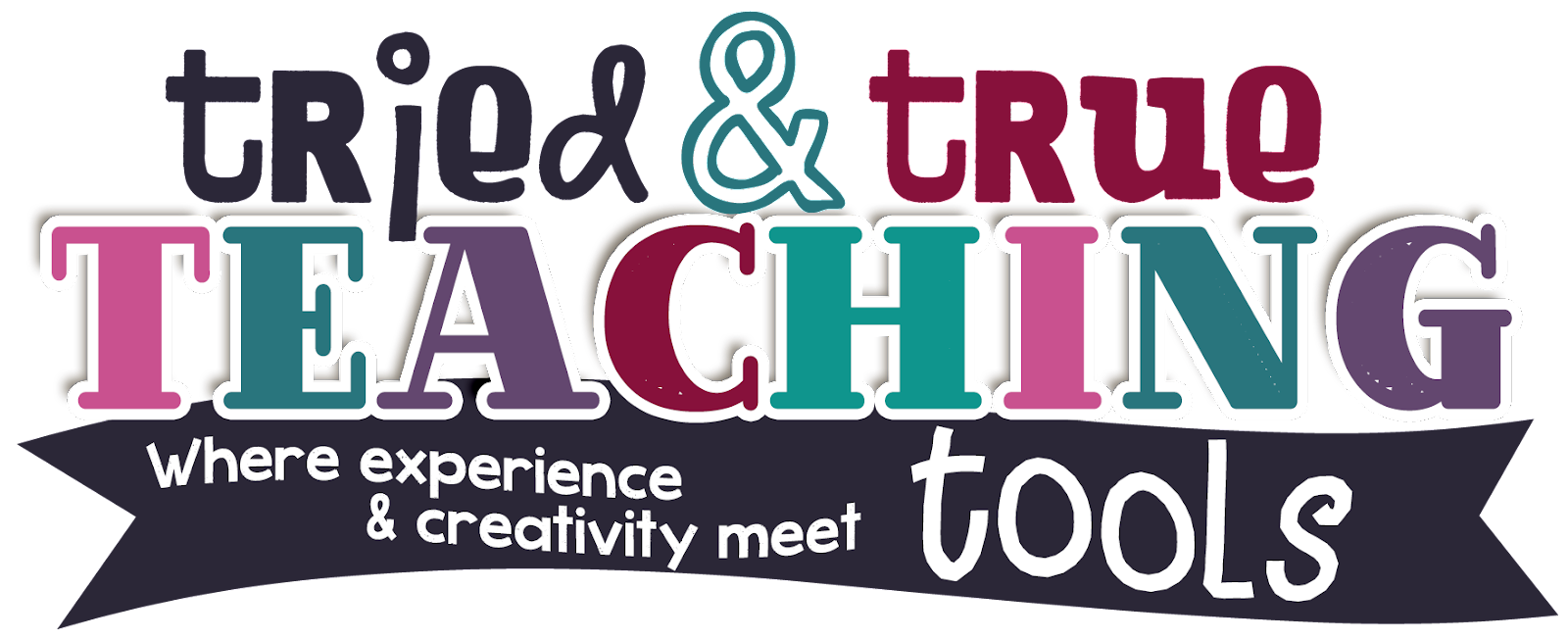Note: Some of the links in this post are affiliate links. This means that I am a participant in the Amazon Services LLC Associates Program, an affiliate advertising program designed to provide a means for sites to earn advertising fees by advertising and linking to amazon.com.
Click HERE or on the image (book cover) below to order your own copy to join in this book study!
Click HERE or on the image (book cover) below to order your own copy to join in this book study!
Chapters 2 & 3 are packed full of information! As teachers, we always hear about backward planning. Unless we have a focus, we cannot truly be effective teachers. Goldberg states, "...we must first get super clear on the why of our work, on our core beliefs, before we create plans for what and how we will teach." (p. 24) Simon Sinek's (2009) research says the most effective leaders start with the WHY before moving into HOW and WHAT.
We've all probably had people try to force us to do something. This is called irritation and may be successful in the short term, but it is does not have lasting effects. (Think getting your kids to make their bed or pick up dirty laundry off the bathroom floor. Unless they understand the reason for these habits and have buy-in, it is only temporary) In order to get our students moving in productive ways, we need to know them well. We want to teach our kids metacognition: what do they value, believe, and think? When we know what our students believe and desire, then we understand the ways we need to teach and the choices we offer to reach our students.

I love that throughout the book, there are specific spots to stop and reflect on our own teaching practice. It is also vey helpful that Goldberg describes examples of student interactions and her response and questioning techniques. To move from knowing your why into naming them into your core beliefs, there are three practices:
Be very specific when describing success; use active words and details! Pay attention to questions & jot them down, but do NOT answer the questions. What?! When we think we know the answer to a question, we stop being curious. Rather than answer the question (which I am such a list maker and like to check things off!), instead look at the types of questions you ask and find patterns and big ideas. I love the idea of mirroring conversations. Find a colleague you trust and share your thinking about a core belief, in detail. Without giving advice or trying to fix anything, your partner listens and mirrors back what you just said. You clarify or acknowledge if your partner understood what you shared. Listen for your own truth! Once you become more comfortable with these three practices, begin sharing this with your students to help them also discover their core beliefs.
Friends will often ask, "After this many years, don't you already have everything in place? Don't you just do the same things every year?" Ha! Education is constantly changing and my teaching is always in process. Chapter 3: View Teaching as a Practice is the perfect example of this! "When I practice teaching, I also try things out, take chances, reflect and learn from each moment what is working or not working for my students." (p. 46) Goldberg breaks down four types of practices: repetitive, original, mindful, and playful. After reflecting on my own teaching, I realize that I use a lot of repetitive and original practice but not enough playful practice. Playfulness is when there is not one clear answer, yet students learn in natural and instinctual ways. Kids practice new skills and use those skills creatively.
Unlike our social media feeds, not every lesson is over-the-top fabulous. (At least mine are not!) Not only do students not do well with too much pressure, neither do teachers! View each day as practice, asking ourselves: what went well? What needs to improve?
Seth Godin asks, "Are we asking kids to collect dots or connect dots?... We are really good at measuring how many dots they collect but we teach virtually nothing about how to connect dots." Wow. Sit with that a moment. If students don't see the connections, then what is the point of what we are teaching? Similarly, if how we are teaching does not connect with our core beliefs, then what is the point? On page 59 there is a helpful chart listing our core beliefs, teaching practices, then examine whether our teaching practice connects or holds true to our core beliefs. The last column is reflection and next steps. This simple chart takes reflection to a whole next level; it is so powerful to learn how to teach like ourselves! I still need more time to reflect and be brutally honest: why am I doing what I am doing in the classroom.
I hope you'll join me next Wednesday for Chapter 4: Build Balanced Relationships!







Is it too late to join? I've got the book and can finish Ch. 4 by tomorrow.
ReplyDelete